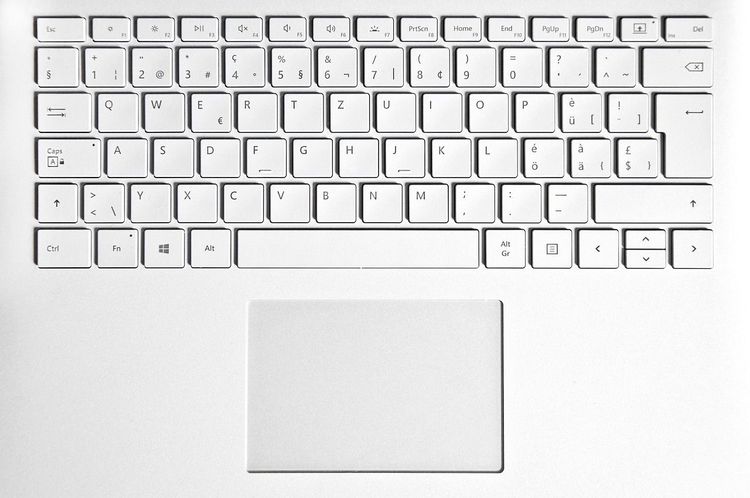Apple Developing a Foldable iPhone: What We Know So Far
Most people like

In today's digital landscape, businesses are increasingly turning to smart custom chatbots to enhance customer interactions and streamline operations. By leveraging advanced AI technology, these chatbots can provide personalized support, answer queries in real-time, and significantly improve user experiences. Whether you're looking to boost sales, improve customer service, or automate repetitive tasks, investing in custom chatbot development is a strategic move for any forward-thinking organization. Explore the transformative potential of chatbots and how they can drive growth and engagement for your brand.

Transform Your Microsoft Office Experience with Revolutionary AI Solutions
Unlock the full potential of Microsoft Office with groundbreaking AI innovations designed to enhance productivity and streamline your workflow. Discover how these advanced tools can revolutionize the way you create, collaborate, and communicate within your favorite Office applications. Whether you’re looking to automate tedious tasks or elevate your document creation, our AI solutions are here to redefine your Microsoft Office experience.

Unlock the power of our free AI math solver, designed to help you tackle your math homework with ease. Whether you're struggling with algebra, calculus, or geometry, our advanced tool is here to provide clear solutions and step-by-step explanations, ensuring that you not only complete your assignments but also enhance your understanding of math concepts. Get started today and transform your learning experience!

Introducing the Spicy NSFW Character AI Chat Platform: Immerse yourself in an engaging and playful environment where adult-themed characters come to life through advanced AI technology. Connect with an array of personalities as you explore stimulating conversations and unique scenarios tailored to your preferences. Experience an exciting blend of fantasy and interaction, all while enjoying a safe and user-friendly space. Join today and discover the thrilling possibilities!
Find AI tools in YBX



